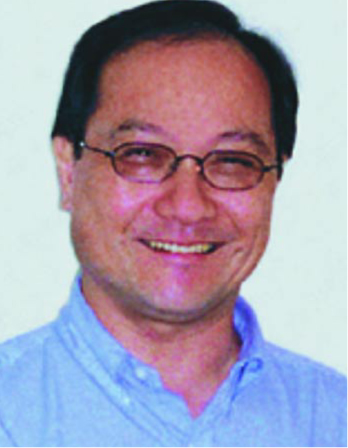Lo to Lead NRAO
DOI: 10.1063/1.1510277
Fred Lo has been tapped for the top job at the National Radio Astronomy Observatory, according to a 20 June announcement by Associated Universities Inc, which runs NRAO for NSF. He will replace Paul Vanden Bout, who was director for more than 17 years and left on 1 June to oversee, on an interim basis, construction of the Atacama Large Millimeter Array (ALMA) in Chile. Lo comes on board on 1 September; until then, W. Miller Goss is serving as acting director of NRAO.
Lo moves to NRAO from Taipei, Taiwan, where, since 1997, he has been director of the Academia Sinica’s Institute of Astronomy and Astrophysics (ASIAA). Among the projects he’s been involved with while there are the Sub-Millimeter Array (SMA), a collaboration on Mauna Kea, Hawaii, with the Smithsonian Institution, and the Array for Microwave Background Anisotropy, an interferometric array slated to be completed in 2004 that will measure the polarization of the cosmic microwave background. Before going to Taiwan, Lo spent more than a decade at the University of Illinois at Urbana-Champaign. His research interests include star formation, starbursts in near and distant galaxies, megamasers, and the determination of the structure of Sagittarius A*, a compact radio source at the center of the Milky Way.
As NRAO director, Lo will oversee the Very Large Array in Socorro, New Mexico, the Robert C. Byrd Green Bank Telescope in West Virginia, the far-flung Very Long Baseline Array, and North American participation in ALMA. “It’s a tremendous challenge and responsibility that I couldn’t refuse,” says Lo. “It’s also important that NRAO works with the university community to make sure that radio astronomy stays strong and attracts more students.”
SMA project scientist Paul Ho, of the Harvard-Smithsonian Center for Astrophysics in Cambridge, Massachusetts, will replace Lo as director of the ASIAA.

Lo
NRAO

More about the Authors
Toni Feder. American Center for Physics, One Physics Ellipse, College Park, Maryland 20740-3842, US . tfeder@aip.org
